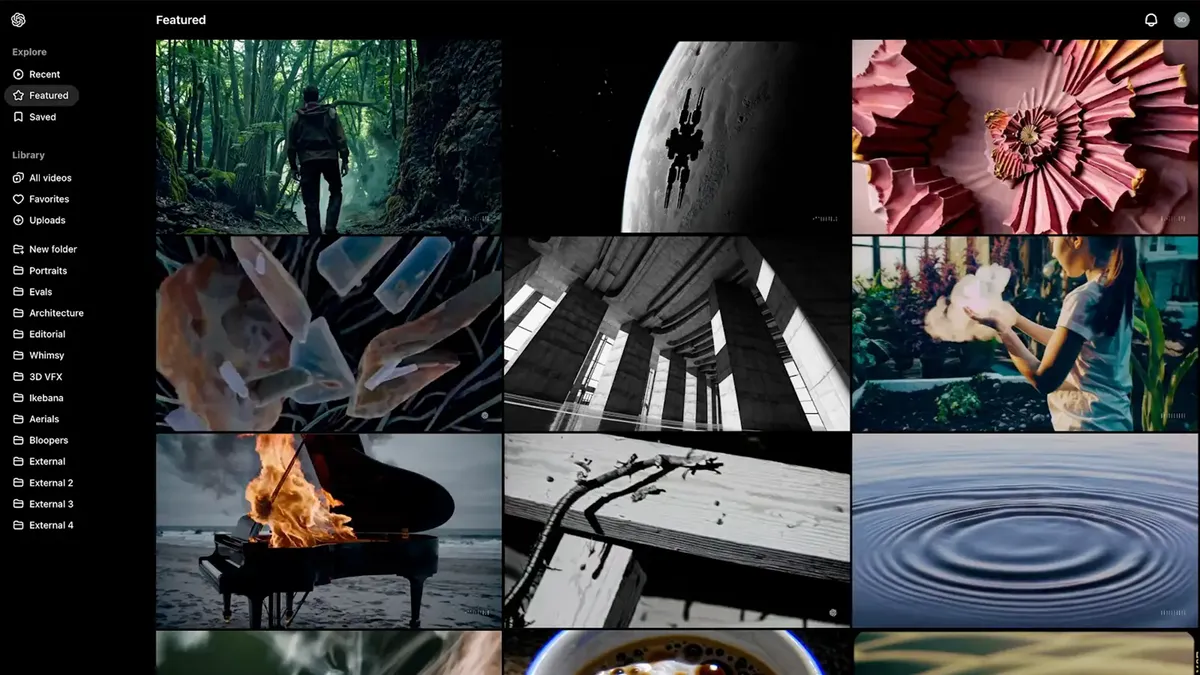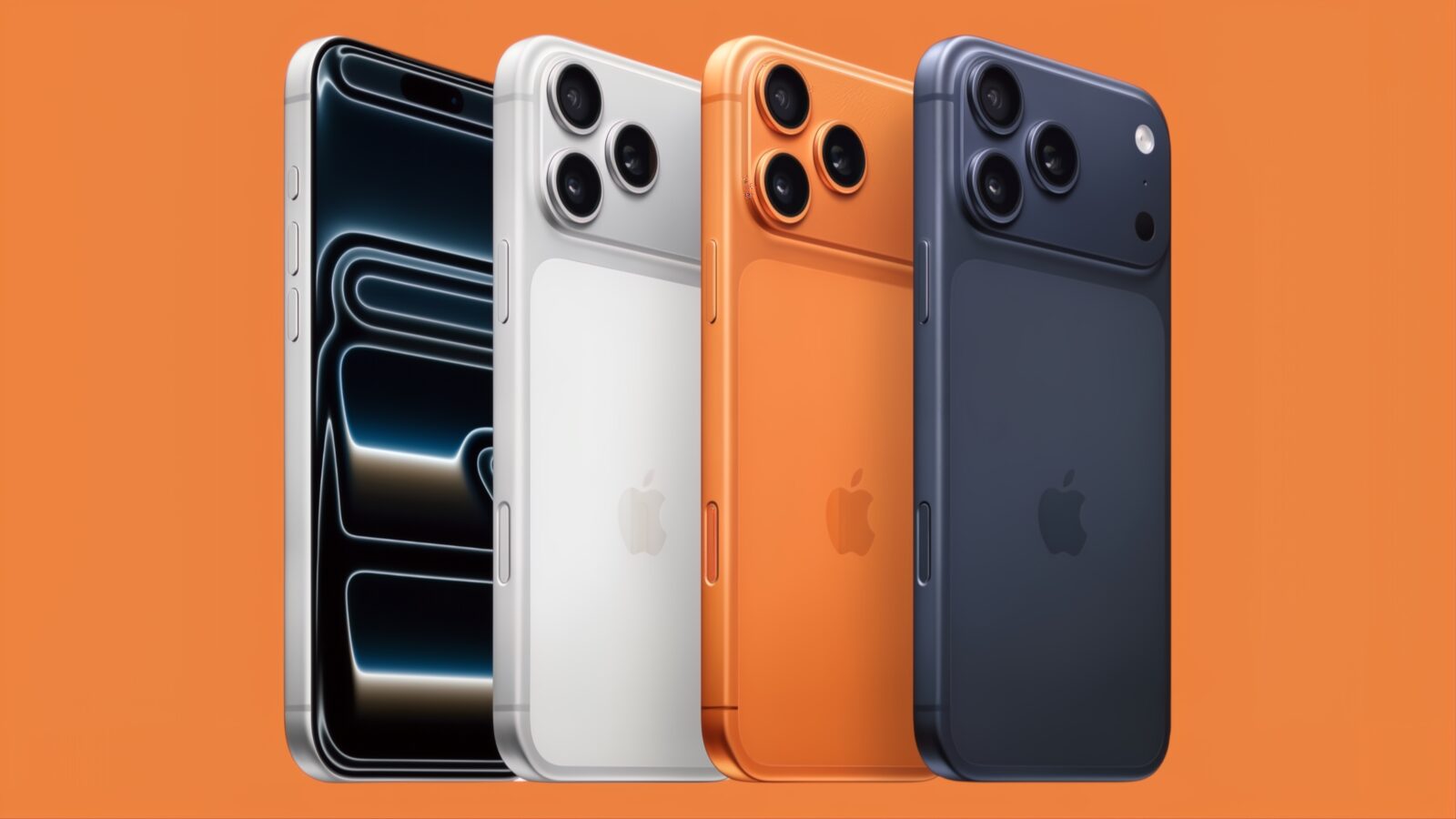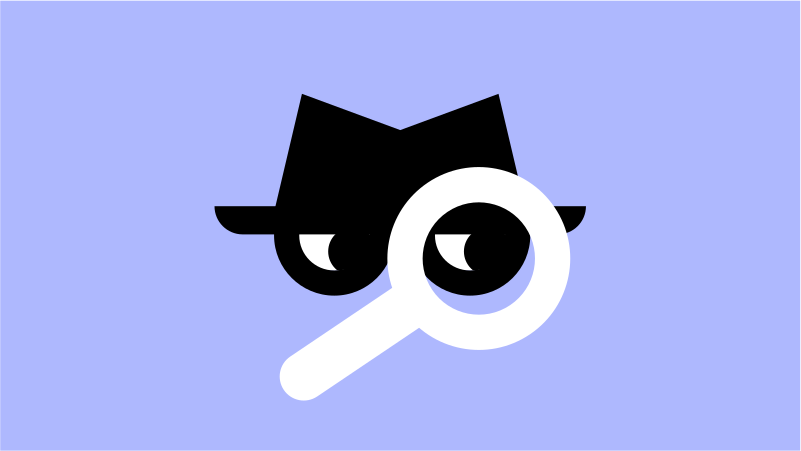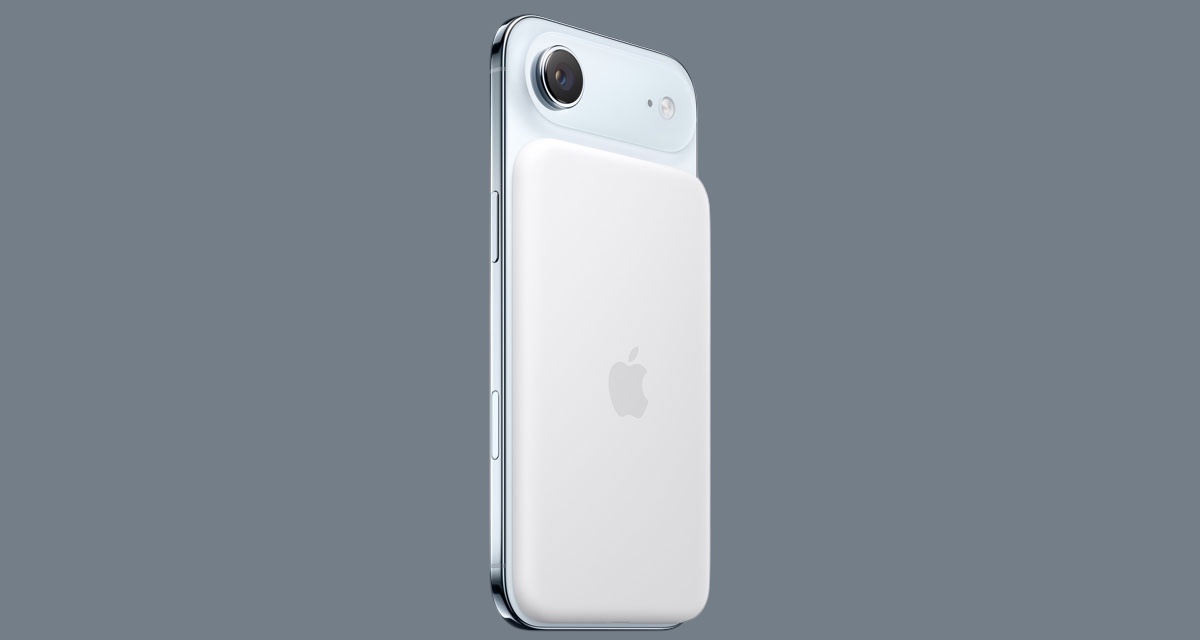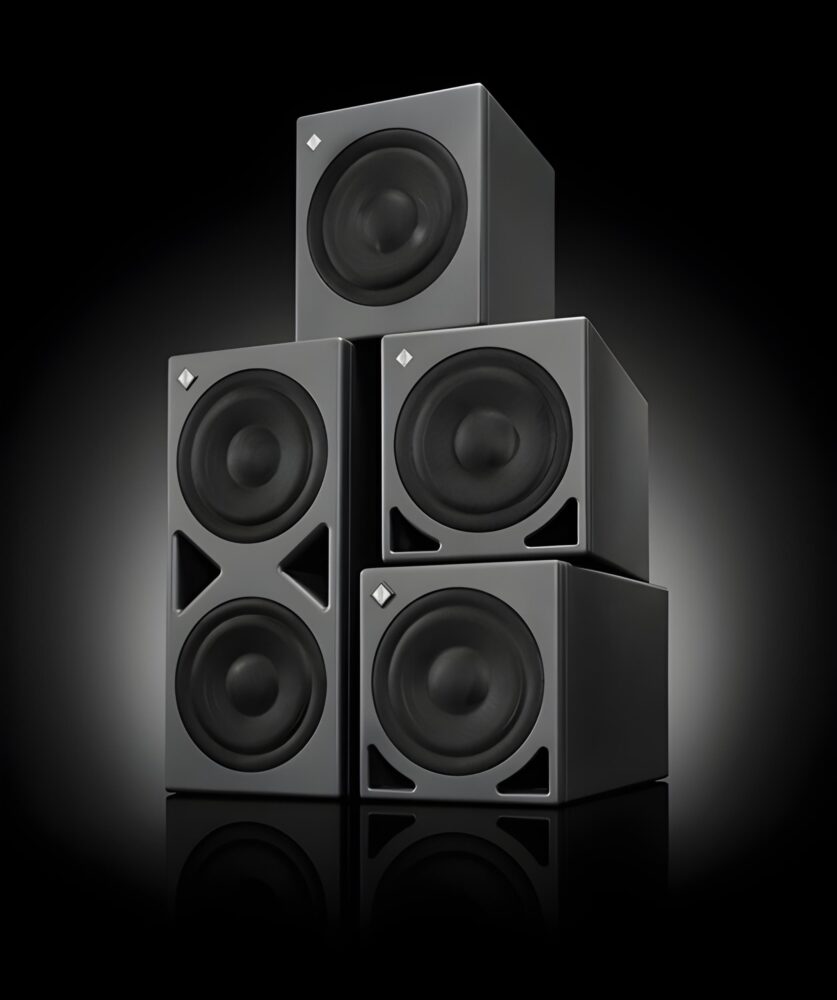OpenAI’s next big leap in AI video generation is nearing release, with signs pointing to Sora 2 arriving soon. References to the upgraded model have been spotted on OpenAI’s backend, and while no official date has been confirmed, expectations are mounting that it will debut as the company’s answer to Google’s Veo 3.
Sora’s first-generation launch turned heads with its ability to generate strikingly realistic silent video clips from simple text prompts. But that was part of the problem—the videos looked good but lacked sound, limiting their emotional range and realism. Meanwhile, Google has already addressed that gap. Veo 3 integrates synced speech, ambient sound, and background audio directly into the short-form videos it creates. In short, it moved beyond silent cinema into the realm of fully-formed, AI-generated multimedia.
To be competitive, Sora 2 will need to bring more than just sharper visuals or longer clips. Matching—or outperforming—Veo 3’s integrated audio capabilities, including believable lip-sync, voice clarity, and ambient detail, is essential. Generating high-resolution video is no small feat, but syncing a voice convincingly with mouth movements in a dynamic scene is another level entirely. Google isn’t perfect here, but early Veo 3 samples show tight coordination between visuals and sound, raising the bar for what Sora 2 must achieve.
So far, Sora can generate video clips up to 20 seconds long, which gives it an edge in length compared to Veo 3’s current eight-second limit. If OpenAI can stretch Sora 2’s output beyond 30 seconds while maintaining quality—and add audio—the tool could become far more appealing for creators who want room to build narrative or atmosphere in a single clip.
There’s also the broader issue of integration and accessibility. As part of the ChatGPT platform, Sora has the advantage of being embedded in a wider creative ecosystem. Users can generate scripts, scene outlines, and now potentially full video snippets, all from one interface. This flexibility could give Sora 2 an edge among creators looking for end-to-end AI storytelling tools.
That said, usability will only go so far without the right pricing model. Google keeps Veo 3 gated behind the Gemini Advanced tier, with full access costing as much as $250 per month. If OpenAI can deliver comparable video features at the more accessible ChatGPT Plus or Pro tier pricing, it could dramatically expand adoption. A lower price point—combined with broader access—could easily turn the tide in Sora 2’s favor, even if feature parity with Veo 3 isn’t immediate.
But with every generation of AI video, new concerns arise. As models get better at simulating real-world visuals and now audio, the potential for misuse, misinformation, and identity manipulation increases. OpenAI and Google both restrict prompts involving real people, violence, and copyrighted content, but audio introduces a fresh set of risks, particularly with deepfake voices becoming harder to distinguish from the real thing.
Ultimately, the upcoming release of Sora 2 marks a turning point. This isn’t just about better AI video—it’s a glimpse into the future of how we create and consume multimedia content. Whether OpenAI can match or outpace Google’s Veo 3 may come down to a simple formula: better sound, longer clips, smarter integration, and a price users can justify. Anything less, and Sora 2 might remain an impressive tool—just not the one that leads.

